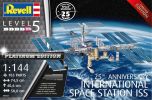Revell 1/144 Grumman F-14A Tomcat # 03782
The Grumman F-14A Tomcat was a supersonic, twin-engine, variable-sweep wing, two-seat, carrier-capable air superiority fighter that became an iconic symbol of U.S. naval aviation during the Cold War.
Developed by Grumman Aerospace Corporation, the F-14A was the first and original production variant of the Tomcat, known for its long-range interception, advanced radar systems, and versatile weaponry.
Design and Structure:
Airframe: The F-14A had a sleek and aerodynamic design optimized for high-speed interception and maneuverability. It was built primarily from lightweight titanium and aluminum alloys, ensuring durability while maintaining a relatively low weight.
Variable-Sweep Wings: One of the Tomcat’s defining features was its variable-geometry wings, which could sweep between 20° and 68°. The wings were fully extended for low-speed operations such as takeoff and landing and swept back at high speeds for supersonic performance.
Cockpit: The F-14A featured a two-seat tandem cockpit, with the pilot in the front and the Radar Intercept Officer (RIO) in the rear. The RIO operated the aircraft’s radar and managed weapons systems during combat.
Engine and Performance:
Engines: The F-14A was powered by two Pratt & Whitney TF30-P-414A afterburning turbofan engines.
Thrust: Each engine produced approximately 20,900 lbf (93 kN) of thrust with afterburners.
Top Speed: Mach 2.34 (1,544 mph or 2,485 km/h) at high altitude.
Range: Approximately 1,600 miles (2,575 km) on internal fuel, extendable with external drop tanks.
Service Ceiling: 50,000 feet (15,240 meters).
Avionics and Radar:
AN/AWG-9 Radar System: The F-14A was equipped with the AN/AWG-9 pulse-Doppler radar, capable of simultaneously tracking up to 24 targets and engaging up to 6 targets with AIM-54 Phoenix missiles at ranges of over 100 miles (160 km).
IRST System: The Tomcat also had an Infrared Search and Track (IRST) system, allowing passive target acquisition without relying on radar emissions.
Armament and Payload:
Internal Cannon: 1 × 20mm M61A1 Vulcan rotary cannon with 675 rounds, mounted in the left fuselage.
Air-to-Air Missiles:
6 × AIM-54 Phoenix long-range air-to-air missiles.
4 × AIM-7 Sparrow medium-range semi-active radar-guided missiles.
4 × AIM-9 Sidewinder infrared-guided short-range missiles.
Maximum Payload: Up to 14,500 lbs (6,577 kg) of ordnance, carried on fuselage stations and under-wing pylons.
Operational History:
Role: The F-14A was primarily designed as an air superiority fighter and fleet defense interceptor, tasked with protecting U.S. Navy carrier battle groups from enemy aircraft and cruise missiles.
Service Entry: The F-14A entered service with the U.S. Navy in 1974, replacing the F-4 Phantom II.
Combat Operations:
Operation Desert Storm (1991): The Tomcat provided air superiority and performed combat air patrols (CAP) to protect coalition assets.
Operation Iraqi Freedom (2003): The Tomcat conducted precision strike missions using LANTIRN pods and guided munitions.
Iran-Iraq War (1980s): The Iranian Air Force, which operated F-14As acquired before the 1979 revolution, used the Tomcat to devastating effect against Iraqi aircraft.
Key Features and Technologies:
Variable-Sweep Wings: Provided unmatched versatility by allowing the aircraft to optimize its aerodynamic profile for various speeds and mission requirements.
Phoenix Missile System: The F-14A was the only aircraft capable of carrying and launching the AIM-54 Phoenix, a long-range air-to-air missile designed to destroy multiple targets beyond visual range.
High-Speed Interception: Designed to intercept high-altitude bombers and cruise missiles, the F-14A had superior speed and range compared to contemporary aircraft.
Challenges and Limitations:
Engine Issues: The F-14A’s TF30 engines were prone to compressor stalls and performance issues, particularly during high-G maneuvers or at high angles of attack. These problems were later addressed in the upgraded F-14B and F-14D variants.
High Maintenance Requirements: The Tomcat’s complex design resulted in high maintenance costs and extended turnaround times, contributing to its eventual retirement.
Upgrades and Evolution:
F-14B: Upgraded with more powerful and reliable General Electric F110-GE-400 engines.
F-14D Super Tomcat: The final variant, featuring modern avionics, improved radar systems, and enhanced weapons capabilities.
Cultural Legacy:
The F-14A Tomcat achieved pop culture fame as the star of the 1986 film Top Gun, where it was immortalized as the ultimate American fighter jet. Its distinctive design and formidable capabilities made it one of the most recognizable and respected aircraft in aviation history.
Retirement:
The F-14A was gradually phased out in favor of the F/A-18 Hornet and Super Hornet. The last operational U.S. Navy F-14 flight took place on September 22, 2006, marking the end of an era. However, Iran continues to operate a fleet of F-14As acquired before the 1979 revolution.
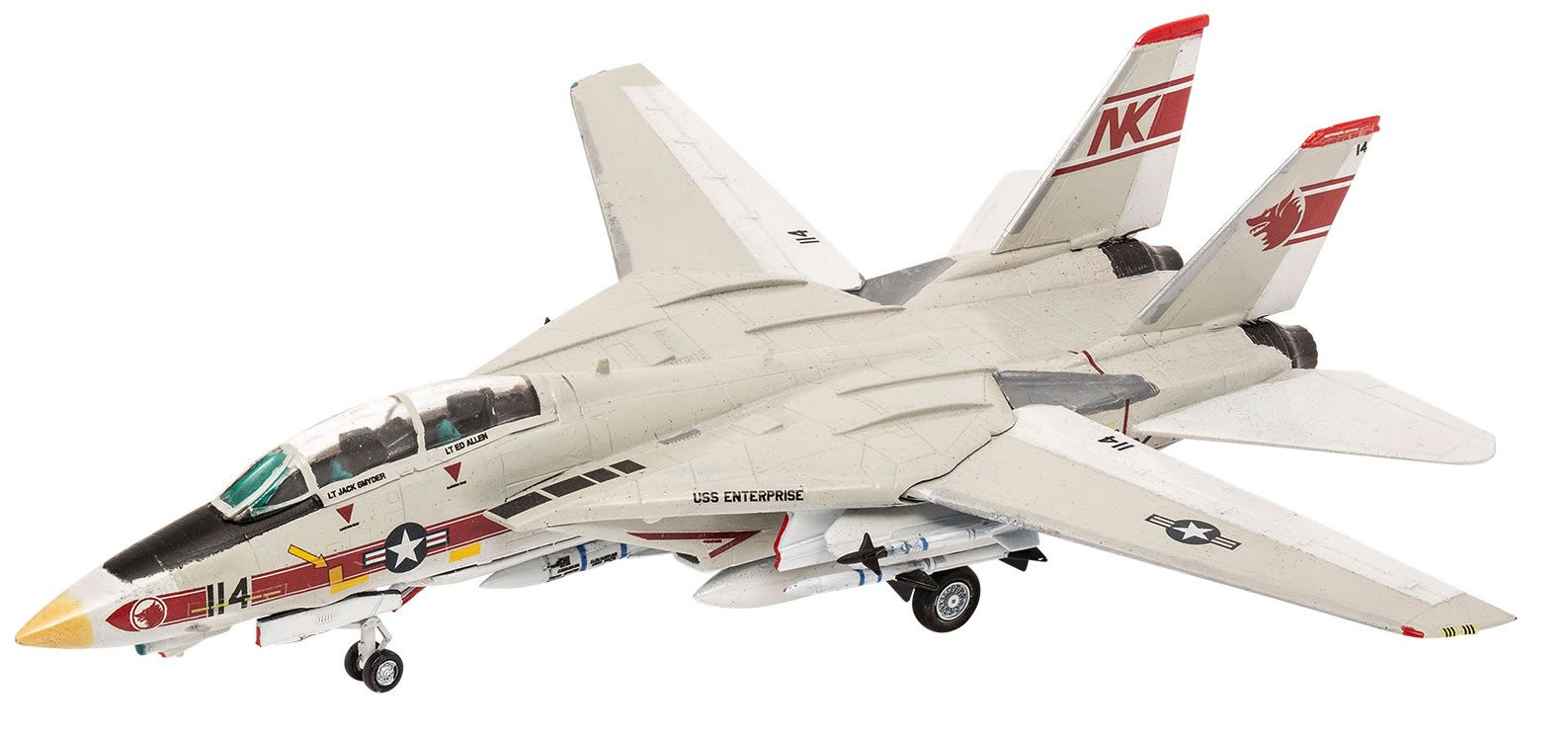




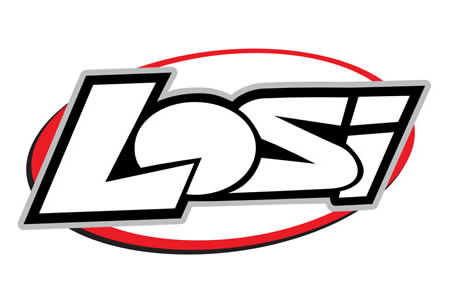

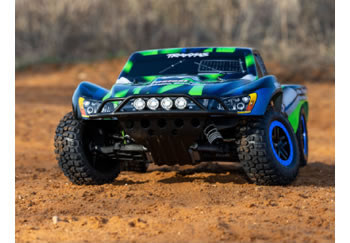
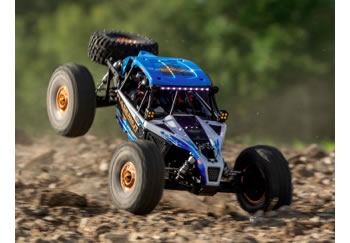
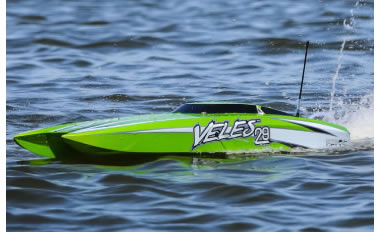


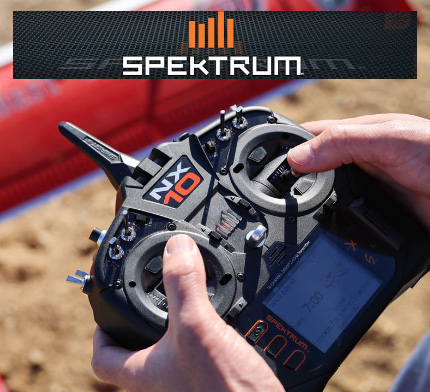
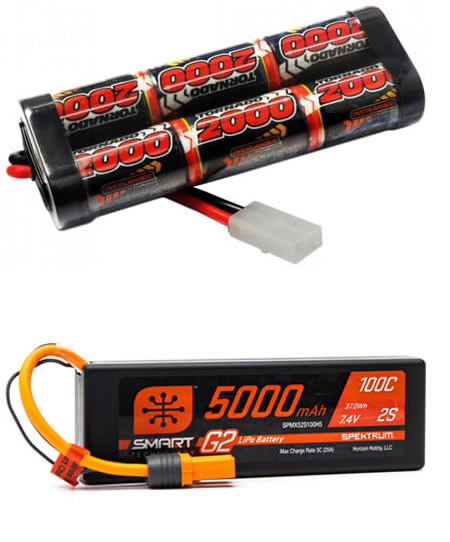
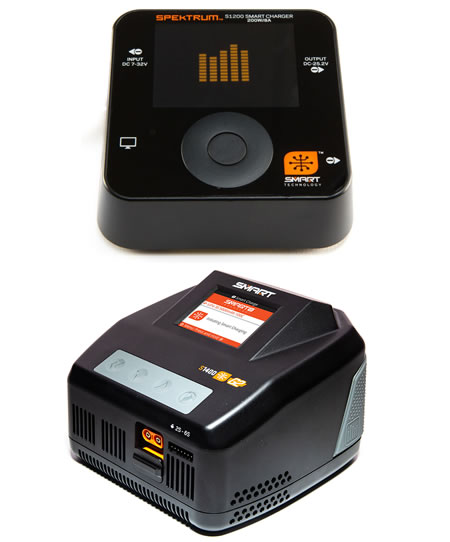




 Spread the cost with Paypal Credit
Spread the cost with Paypal Credit
 Spread the cost with Klarna
Spread the cost with Klarna






